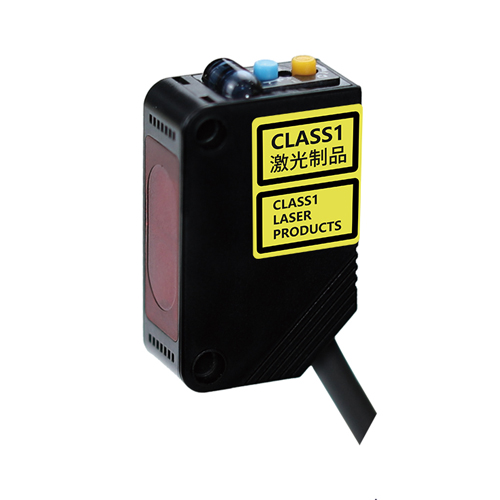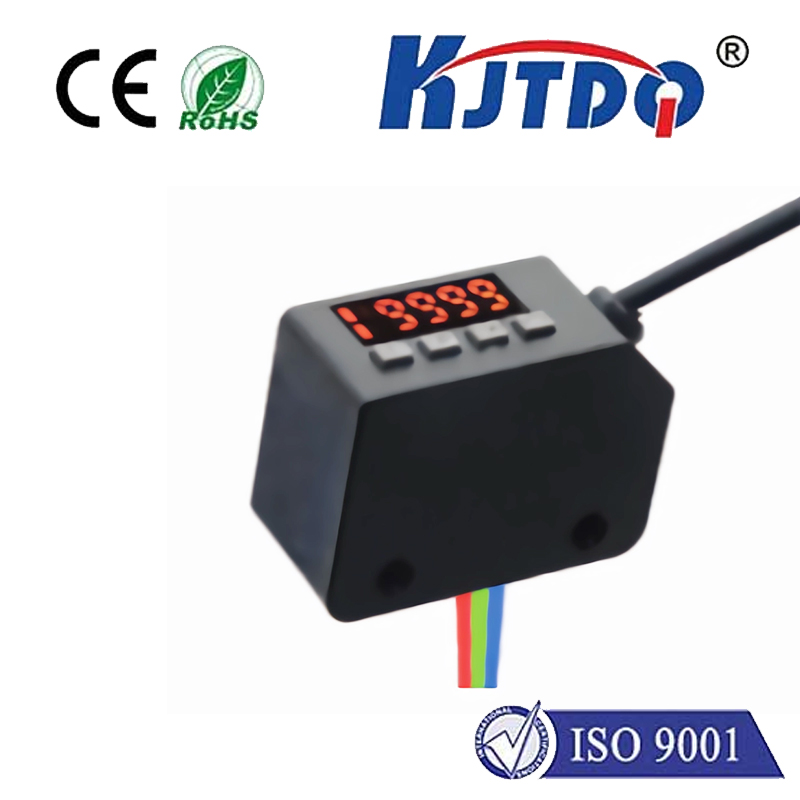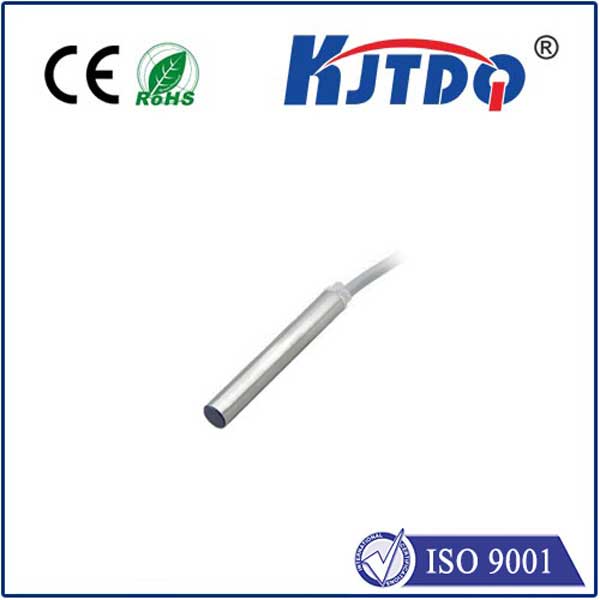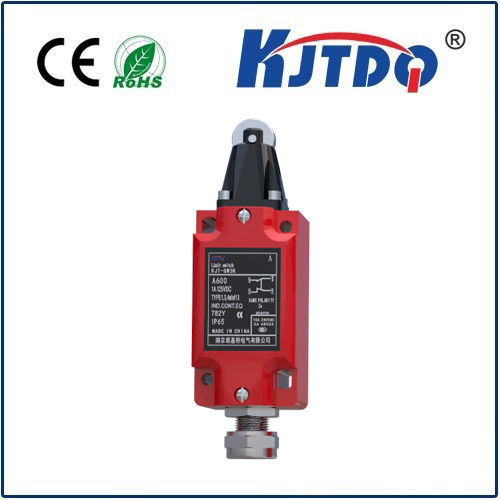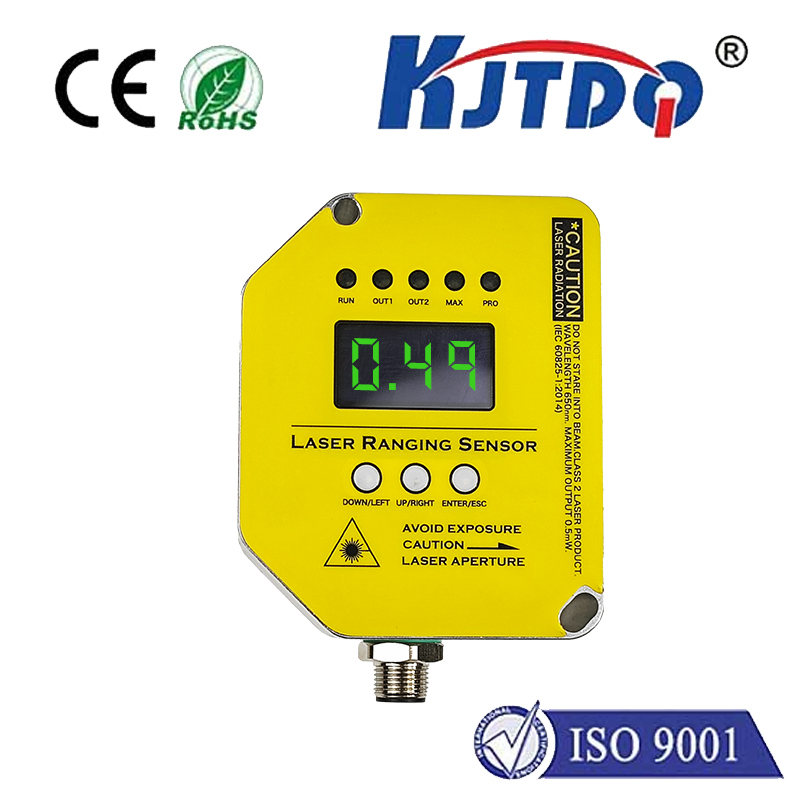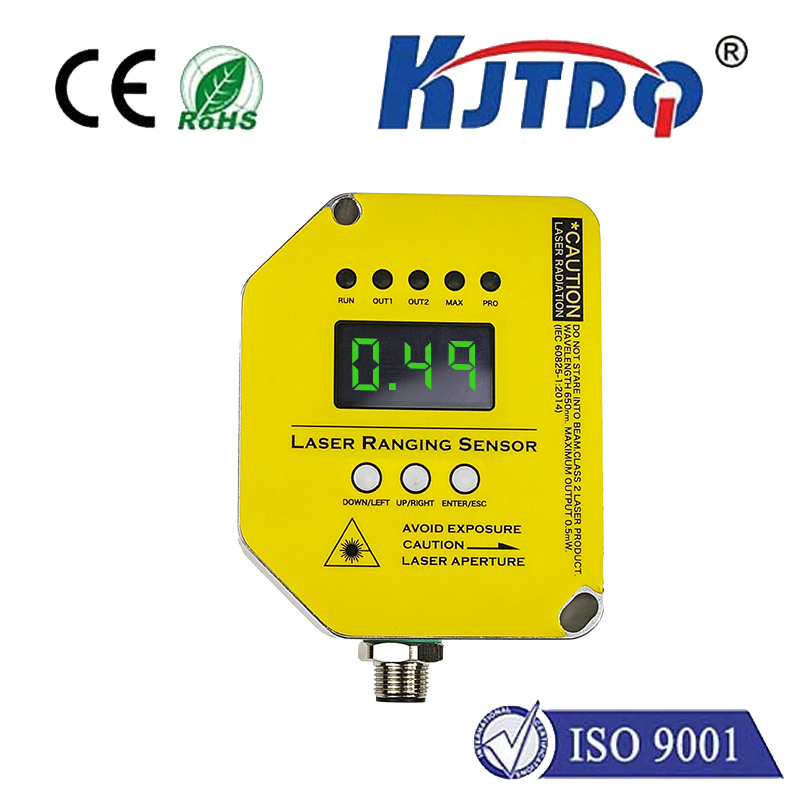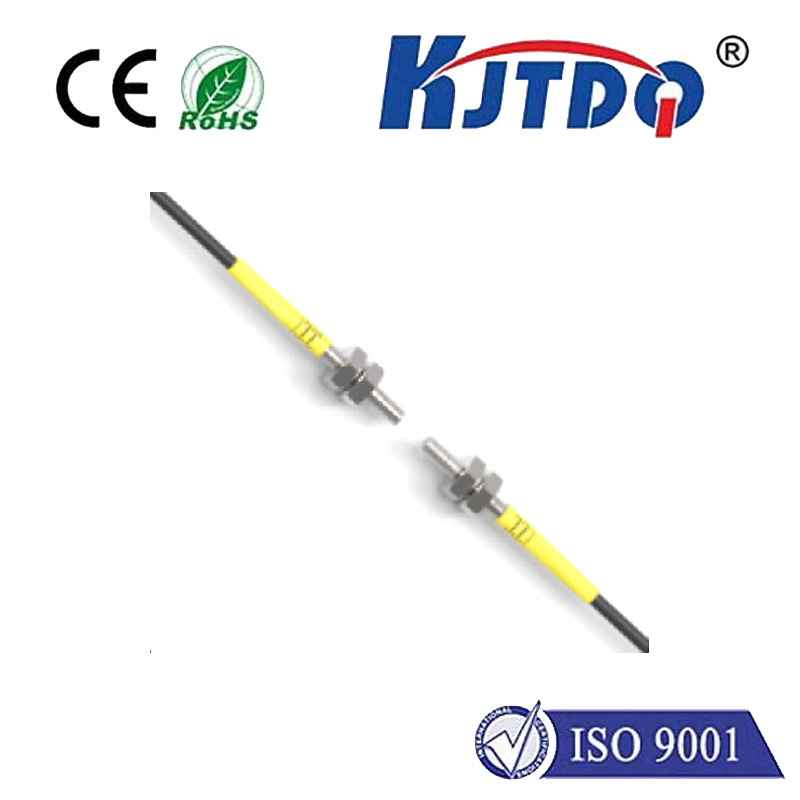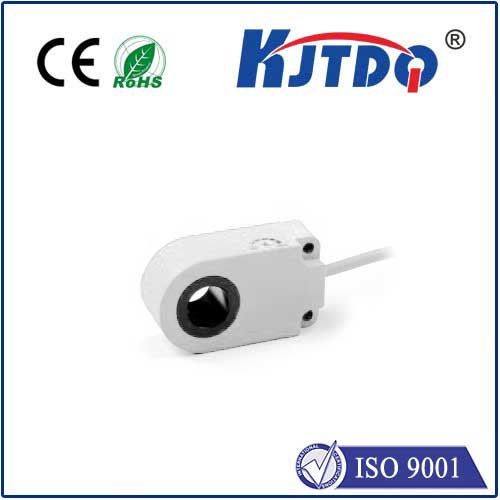

check

check

check

check

check

check

check

check

check

check
Maintaining Safety with Limit Switches: The Key to Efficient Machinery Operation
Limit switches are essential components in industrial machinery and equipment, ensuring safe and efficient operation. Among these critical devices, the maintained limit switch stands out as a vital element that ensures consistent and reliable performance. In this article, we will explore the importance of maintaining limit switches and their role in promoting safety and operational efficiency.
Firstly, what is a maintained limit switch? As its name suggests, it is a type of limit switch that remains in its activated or deactivated state until manually reset. This means that once the switch activates or deactivates, it stays in that position until physically moved back to its original position, providing a reliable signal to control systems or machine operators.

The use of maintained limit switches is crucial in various applications, from conveyor belts to elevators and robotic arms. They serve as safeguards against machinery overruns or underruns, ensuring that processes halt when they reach predefined limits. This prevents potential damage to both the machinery and the products being manufactured, saving time and reducing costs associated with repairs and downtime.
To maintain optimal performance, regular inspection and maintenance of limit switches are essential. This involves checking for any signs of wear or damage, ensuring proper alignment, and cleaning the contacts to prevent corrosion or buildup that can interfere with the switch's function. Regular testing should also be conducted to confirm that the switch is operating correctly and responding within acceptable parameters.
In addition to regular maintenance, selecting the right type of maintained limit switch for specific applications is equally important. Factors such as environmental conditions, voltage requirements, and mechanical forces must be taken into account to ensure compatibility and durability. For example, in harsh environments with high temperatures or humidity levels, using a limit switch with appropriate protective features is necessary to guarantee longevity and reliability.
Furthermore, integrating maintained limit switches with advanced monitoring systems can greatly enhance safety and efficiency. By collecting data on switch activation patterns and frequencies, predictive maintenance programs can be developed to proactively address issues before they lead to failures. This not only extends the lifespan of the switches but also minimizes unscheduled downtime due to unexpected faults.
In conclusion, maintained limit switches play a pivotal role in ensuring the smooth and safe operation of industrial machinery. Their ability to reliably indicate when machinery has reached predefined limits makes them an indispensable component in various industries. Through regular maintenance, careful selection based on application needs, and integration with modern monitoring systems, organizations can harness the full potential of these devices to achieve improved productivity and reduced risk exposure. Investing in the upkeep and advancement of maintained limit switch technology is a step towards enhancing overall operational excellence and fostering a culture of safety and efficiency in industrial settings.

